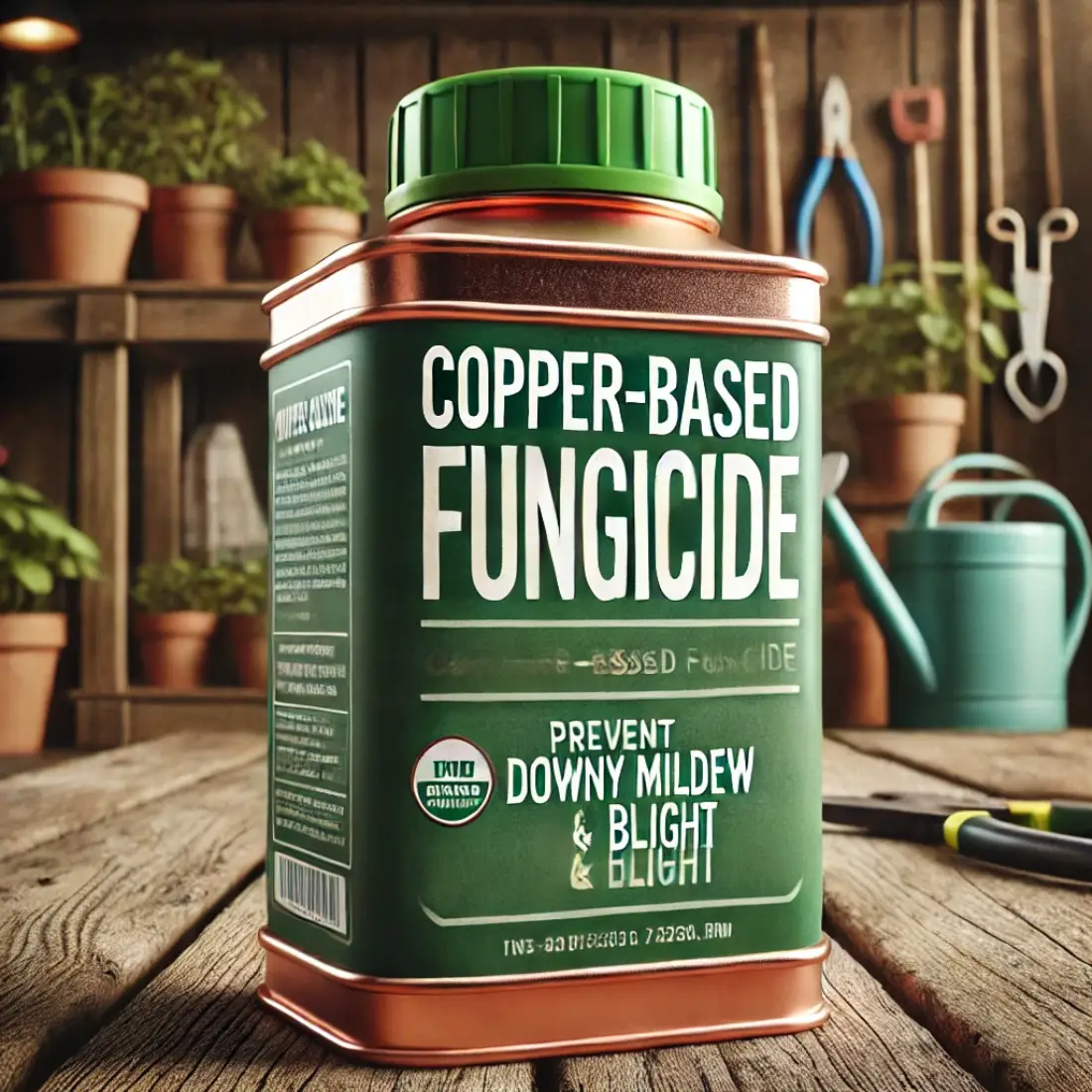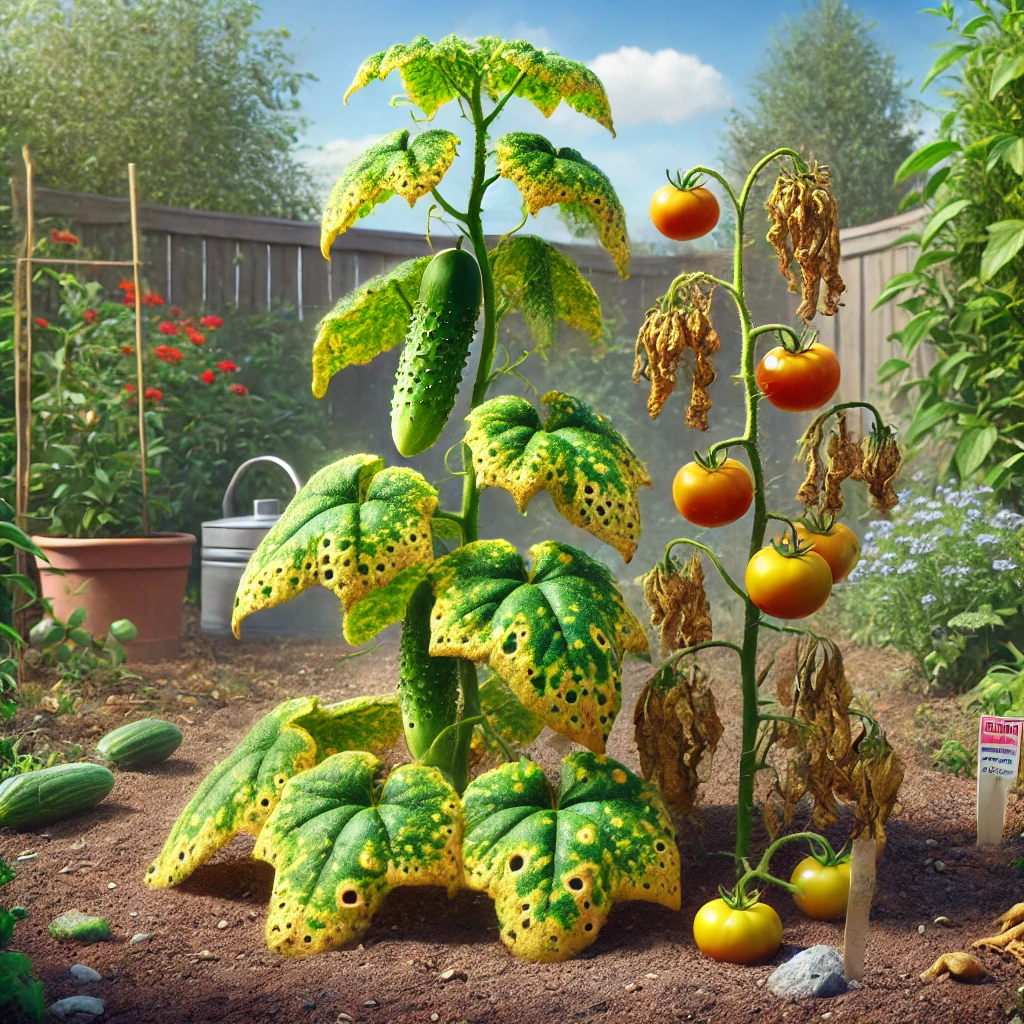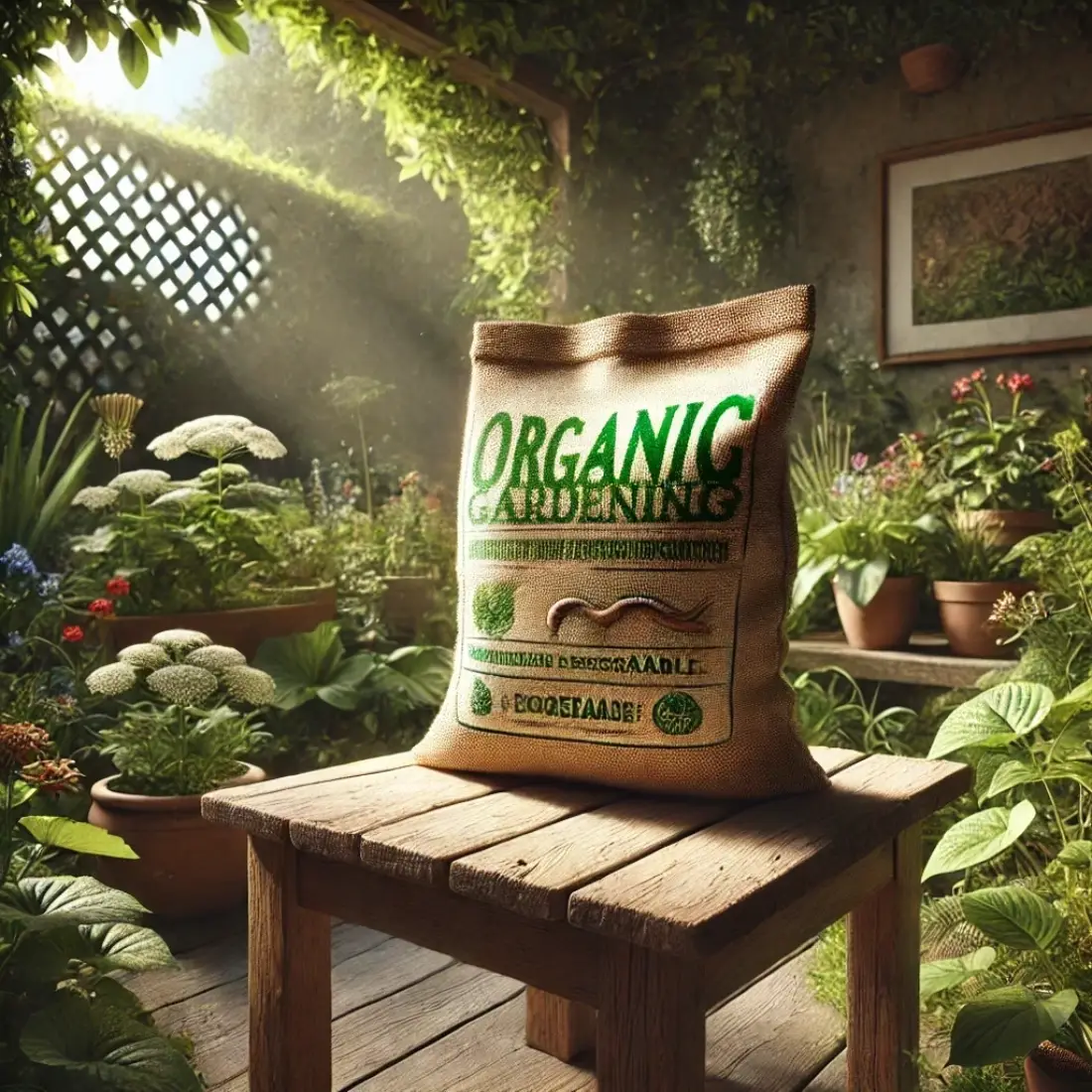Copper-based fungicides are essential tools in managing fungal diseases in both organic and conventional agriculture. They are derived from naturally occurring copper, which helps protect plants from infections like downy mildew, powdery mildew, and blight.
However, their use raises a key question: Are copper-based fungicides organic? While they are allowed in organic farming due to their natural origin, debates exist over their long-term environmental impact, especially in terms of soil accumulation and toxicity.
- Copper-based fungicides are widely used in both organic and conventional agriculture.
- Although copper is a naturally occurring element, it poses long-term environmental risks.
- Regulations in organic farming limit how much copper can be used.
- While technically organic, there are debates around their sustainability.
What Are Copper-Based Fungicides?
Copper-based fungicides are plant protection chemicals made from copper compounds that are used to prevent and control fungal diseases. The most common types include copper sulfate, copper oxychloride, and the widely known Bordeaux mixture—a blend of copper sulfate and lime. These fungicides work by releasing copper ions, which interfere with the enzymes of fungal cells, disrupting their growth and reproduction.
Copper-based fungicides are highly effective in controlling a variety of plant diseases such as downy mildew, powdery mildew, blight, and leaf spots. They are applied to crops like grapes, tomatoes, potatoes, and apples, forming a protective layer that prevents fungal spores from infecting plant tissues.
While copper is a naturally occurring element, its use in agriculture has been carefully regulated due to concerns about long-term soil accumulation and potential environmental risks. Despite these concerns, copper fungicides remain one of the few approved fungicides for organic farming. Their effectiveness and broad-spectrum activity make them a staple in both organic and conventional pest management, particularly in regions with high humidity where fungal diseases are common.
Environmental Impact of Copper-Based Fungicides
The environmental impact of copper-based fungicides is a significant concern, especially in organic farming. While copper is a natural element, its repeated use can lead to the accumulation of copper in the soil, posing risks to soil health. Over time, this buildup can result in soil toxicity, harming beneficial microorganisms, earthworms, and reducing soil fertility. This can disrupt the ecological balance, affecting plant growth and long-term agricultural sustainability.
Additionally, copper fungicides can run off into nearby water bodies during rainfall, leading to water contamination. High levels of copper in aquatic environments are toxic to fish and other aquatic life, potentially disrupting local ecosystems. The bioaccumulation of copper in plants and wildlife further intensifies environmental concerns.
Despite these risks, copper-based fungicides remain a critical tool for disease management, particularly in humid regions where fungal infections are prevalent. Regulatory bodies like the USDA and EU Organic Farming Standards have set strict limits on copper usage in organic farming to minimize these environmental effects. Typically, organic standards permit 3 to 6 kg of copper per hectare per year, though this can vary depending on the country and crop type.
To prevent copper buildup in the soil, farmers are required to monitor soil copper levels and adhere to maximum residue limits (MRLs). Exceeding these limits can result in a loss of organic certification. Additionally, organic regulations encourage farmers to use copper-based fungicides as a last resort, implementing other pest management strategies like crop rotation, biological controls, and disease-resistant varieties to reduce the need for copper applications.
Are There Sustainable Alternatives?
Yes, there are sustainable alternatives to copper-based fungicides, though they are still being developed and tested for widespread use. Some of the most promising options include sulfur-based fungicides, which have a similar effect on fungal diseases but do not accumulate in the soil like copper. Sulfur is also considered a natural fungicide, and its environmental impact is generally less concerning than copper.
Another alternative is the use of biological fungicides. These are made from beneficial microorganisms, such as bacteria or fungi, that either attack the harmful fungi directly or create a hostile environment for their growth. Products like Bacillus subtilis and Trichoderma are gaining popularity as they offer a more eco-friendly approach to disease control in organic farming.
Additionally, botanical fungicides, derived from plant extracts such as neem oil or cinnamon, are being researched for their antifungal properties. While these alternatives are less commonly used due to cost and variable effectiveness, they represent an important step toward reducing reliance on copper-based fungicides.
The challenge with these alternatives is finding a balance between effectiveness and sustainability. While copper remains a trusted method, the search for greener, more sustainable options is increasingly important for long-term environmental health.
Best Practices for Using Copper-Based Fungicides
When using copper-based fungicides, it’s essential to follow best practices to minimize their environmental impact and maintain soil health. First, apply fungicides sparingly, following recommended dosage and timing to prevent excessive copper buildup in the soil. Overuse can lead to soil toxicity, so it’s crucial to follow guidelines set by regulatory bodies like the USDA or EU Organic Farming Standards.
Timing is critical. Apply copper fungicides before fungal infections take hold, typically during the early stages of plant growth or at the first signs of disease. Avoid applying them during rainy weather, as this can lead to runoff, which contaminates water bodies and harms aquatic life. Use targeted spraying methods to ensure the fungicide reaches the affected areas and reduces unnecessary exposure to non-target plants and organisms.
Crop rotation and the incorporation of organic matter, such as compost, can help prevent copper accumulation and improve soil structure. It’s also important to integrate other pest management strategies like using disease-resistant plant varieties and biological controls to reduce the need for repeated copper applications.
Lastly, always wear protective equipment when handling copper-based fungicides to minimize personal exposure, and store chemicals safely to prevent accidental environmental contamination.
FAQs About Copper-Based Fungicides
Are copper-based fungicides considered organic?
Yes, copper-based fungicides are allowed in organic farming because copper is a naturally occurring element. However, their use is strictly regulated to prevent environmental harm, particularly from copper accumulation in the soil.
How do copper-based fungicides work?
Copper fungicides work by releasing copper ions that inhibit the enzymes in fungal cells, disrupting their growth and reproduction. This creates a protective layer on plant surfaces to prevent fungal infections.
What diseases do copper fungicides treat?
Copper fungicides are used to control a variety of fungal diseases such as downy mildew, powdery mildew, blight, and leaf spots. They are applied to crops like grapes, tomatoes, and potatoes.
Are copper-based fungicides safe for the environment?
While effective, excessive use of copper fungicides can cause soil toxicity and environmental damage, especially in water bodies. Regulatory guidelines aim to limit these risks by controlling how much copper can be used annually.
Can copper fungicides be used in home gardening?
Yes, copper-based fungicides can be used in home gardens but should be applied according to label instructions to avoid overuse and potential soil contamination.
What are the risks of copper accumulation in soil?
Over time, excessive copper can accumulate in soil, leading to toxicity that harms beneficial microbes, reduces soil fertility, and impacts plant health.
Are there alternatives to copper-based fungicides?
Yes, alternatives include sulfur-based fungicides, biological controls like Bacillus subtilis, and botanical fungicides like neem oil. These options are often more sustainable but may not be as effective in all cases.
How much copper can be applied in organic farming?
Organic standards typically allow between 3 to 6 kg of copper per hectare per year, with specific limits varying by region and crop type. These limits aim to prevent long-term environmental damage.
Do copper-based fungicides affect pollinators like bees?
When applied correctly, copper fungicides are generally safe for pollinators like bees. However, misuse or over-application can indirectly harm pollinators by damaging the plants and ecosystems they rely on.
What precautions should I take when applying copper fungicides?
Use protective equipment (gloves, masks, etc.) when handling copper fungicides. Follow application guidelines carefully, avoid overuse, and store the product safely to protect yourself and the environment.










